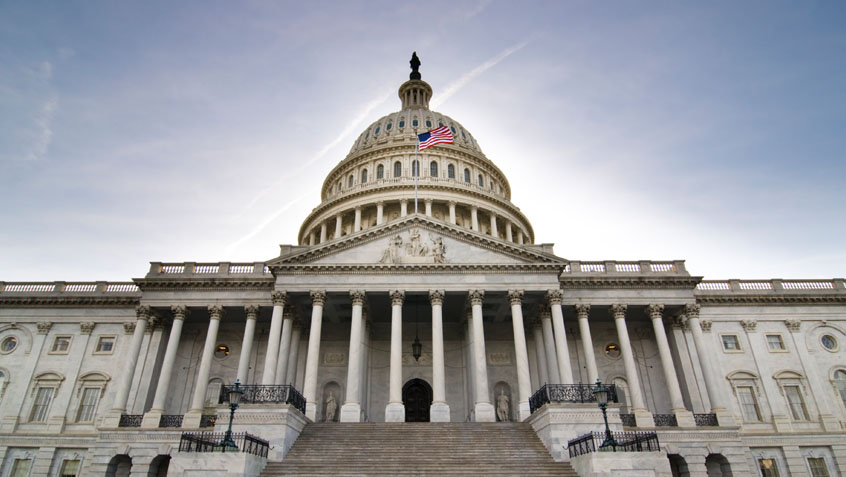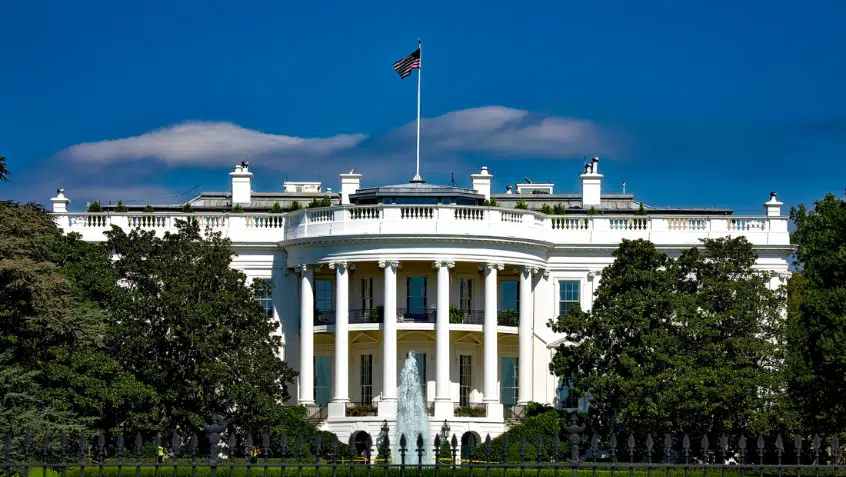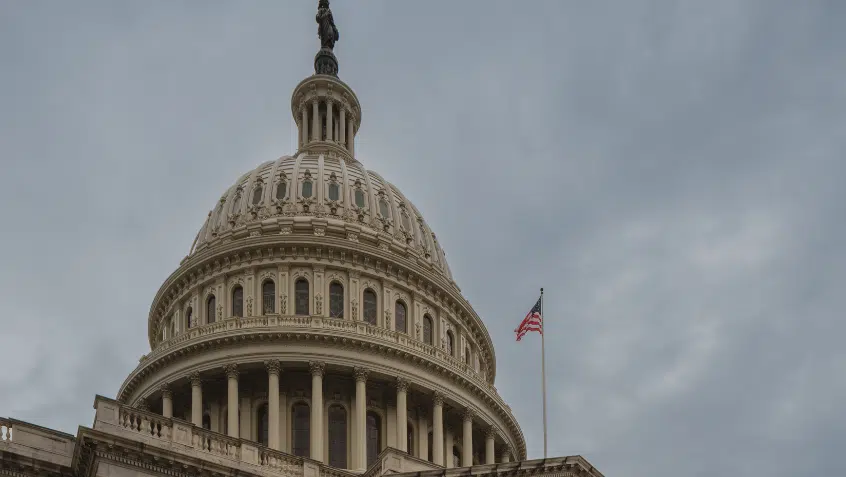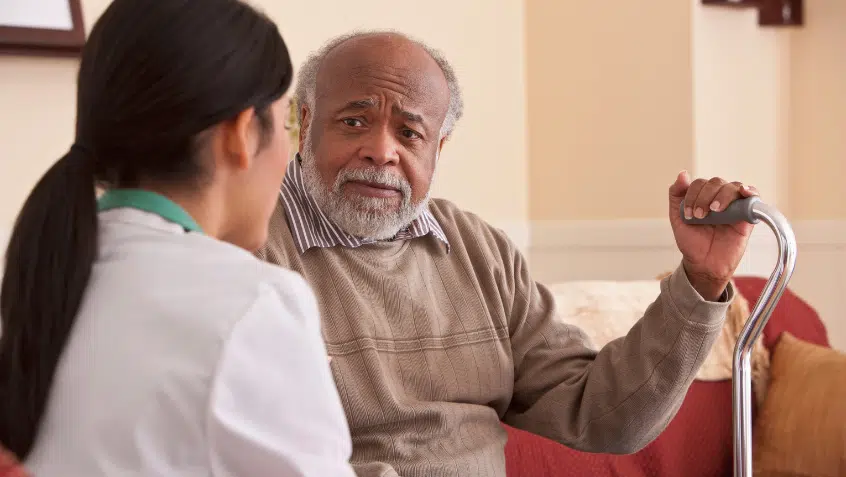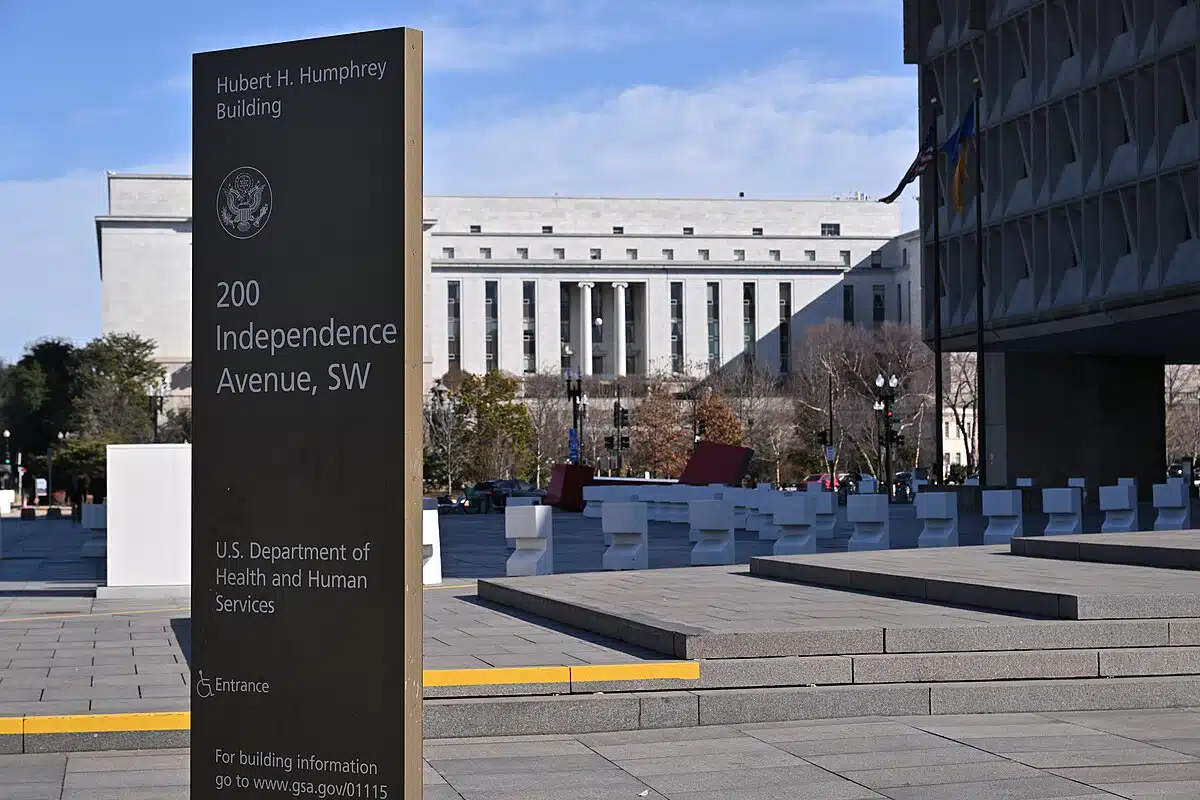Middle-Income Older Adults Face Insufficient Resources for Housing and Health Care

This week, Health Affairs released a report finding that, increasingly, middle-income seniors will have not enough money to cover the cost of housing and healthcare. The authors project that by 2029, 14.4 million people over age 75 will be “middle income.” Around 60% of these older adults will have mobility limitations and 20% of whom will have high health care needs, but their incomes will put them at risk of not being able to afford health care or housing. Unfortunately, middle-income seniors are not served by the private seniors housing industry nor by the supportive housing available to lower income individuals. This means that 54% of these individuals will not have sufficient resources to pay for the level of care provided in senor housing.
The report predicts that future seniors will have overall lower savings and will be likely to have pensions compared to today’s older adults. The authors also note that this will place an increasing burden on a decreasing number of family caregivers. While this may translate to increased Medicaid eligibility and Medicaid costs as people spend down their savings and income, the key policy question is how middle-income people who do not qualify for Medicaid will access housing and care services.
Previous research has focused on projecting the future wealth of older adults. This study, by contrast, may be the first of its kind to project anticipated needs by income group and to identify where middle-income seniors may face the greatest inability to afford those needs.
The Latest
Most Read
Congress Moves to Cut Medicaid
Threats to the Social Security Administration and to Benefits Continue to Raise Alarm
House Adopts Senate Budget Plan, Laying the Groundwork for Significant Health Care Cuts
Trump Administration and DOGE Eliminate Staff Who Help Older Adults and People With Disabilities
Add Medicare to Your Inbox
Sign up to receive Medicare news, policy developments, and other useful updates from the Medicare Rights.
View this profile on InstagramMedicare Rights Center (@medicarerights) • Instagram photos and videos

